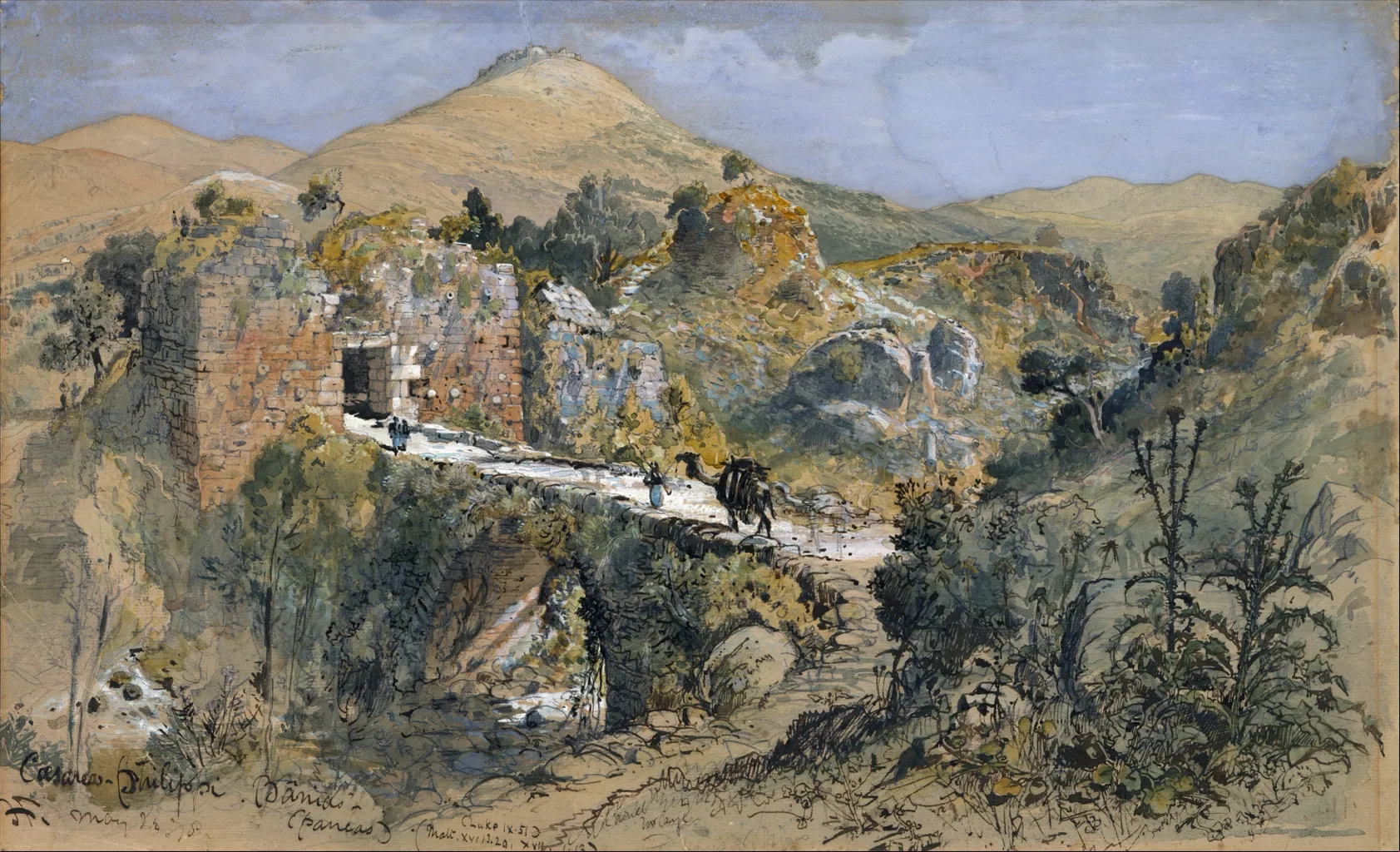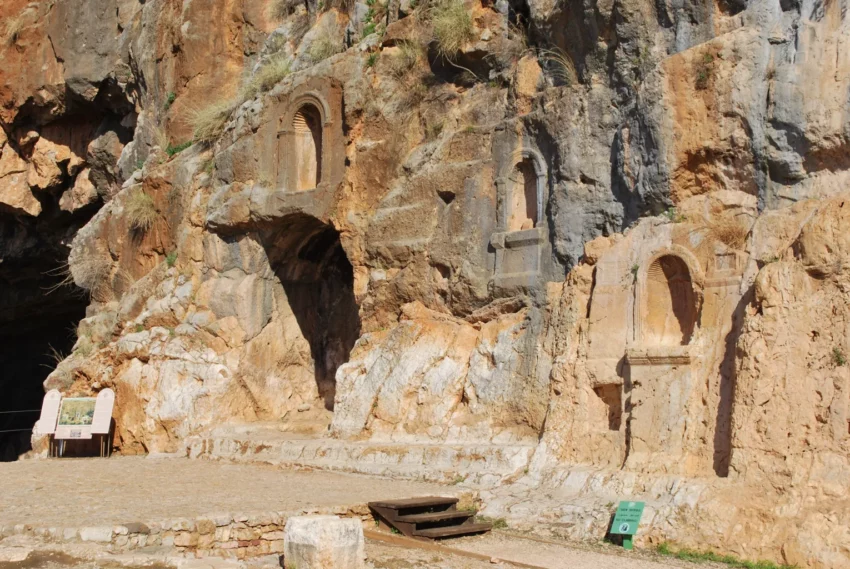The Historical and Archaeological Significance of Banias
Banias, a site of rich historical and archaeological importance, lies at the foot of Mount Hermon in the Golan Heights. This location, near a natural spring once associated with the Greek god Pan, has been a focal point of human activity for over two millennia. The spring is the source of the Banias River, a major tributary of the Jordan River.
Get your dose of History via Email
Early Settlements and Hellenistic Influence
The area around Banias first gained prominence during the Hellenistic period, following Alexander the Great’s conquests. The region, known as Panion during the Battle of Panium around 200-198 BC, saw significant Greek influence. This influence is evident in the worship of Pan, a deity associated with nature and rustic music, which led to the area being named Paneas.
Archaeological excavations have uncovered a shrine dedicated to Pan, situated in a cave that was gradually adorned with various shrines and statues. This sacred site included a temple and courtyards for rituals, highlighting the religious significance of the location in ancient times.

Roman and Byzantine Periods
With the Roman annexation under the rule of Herod the Great, the area saw further development. Herod built a temple of white marble near Paneas, enhancing its status as a cultural and religious center. Later, under Philip the Tetrarch, the city was renamed Caesarea Philippi, serving as an administrative capital and a significant site mentioned in the Christian Gospels.
The Byzantine period continued to see Paneas as a crucial religious site, with the construction of churches and continued pilgrimage activities. However, the transition to Muslim rule marked a gradual decline in its prominence.
The Crusades and Medieval Significance
During the Crusades, Banias became a contested site due to its strategic and religious importance. It changed hands multiple times between Muslim and Crusader forces, reflecting the turbulent nature of the period. The Crusaders built fortifications and controlled the area intermittently, contributing to the rich tapestry of its historical narrative.

Decline and Modern Rediscovery
The post-Crusader period saw Banias decline in importance. The shifting political and economic landscapes led to its gradual abandonment. However, the modern era has sparked renewed interest in Banias due to its archaeological and historical significance. Recent discoveries, such as a trove of gold coins from the 7th century CE, have shed new light on its rich past.
Conclusion
Banias serves as a testament to the complex layers of history that characterize the region. From its days as a Hellenistic sanctuary to its role in the Crusades, the site offers invaluable insights into the cultural and religious developments over the centuries. Today, it stands not only as a site of historical intrigue but also as a reminder of the enduring human connection to this unique landscape.
Sources:

